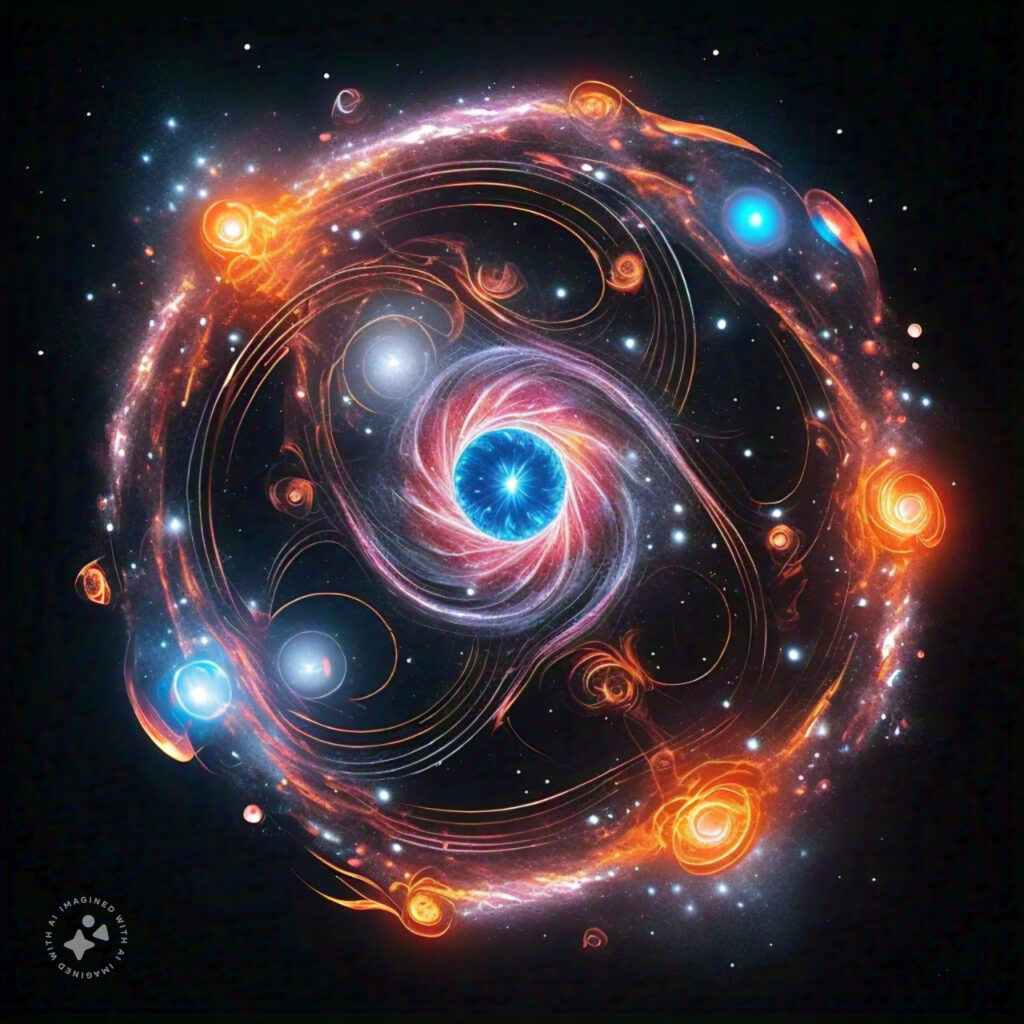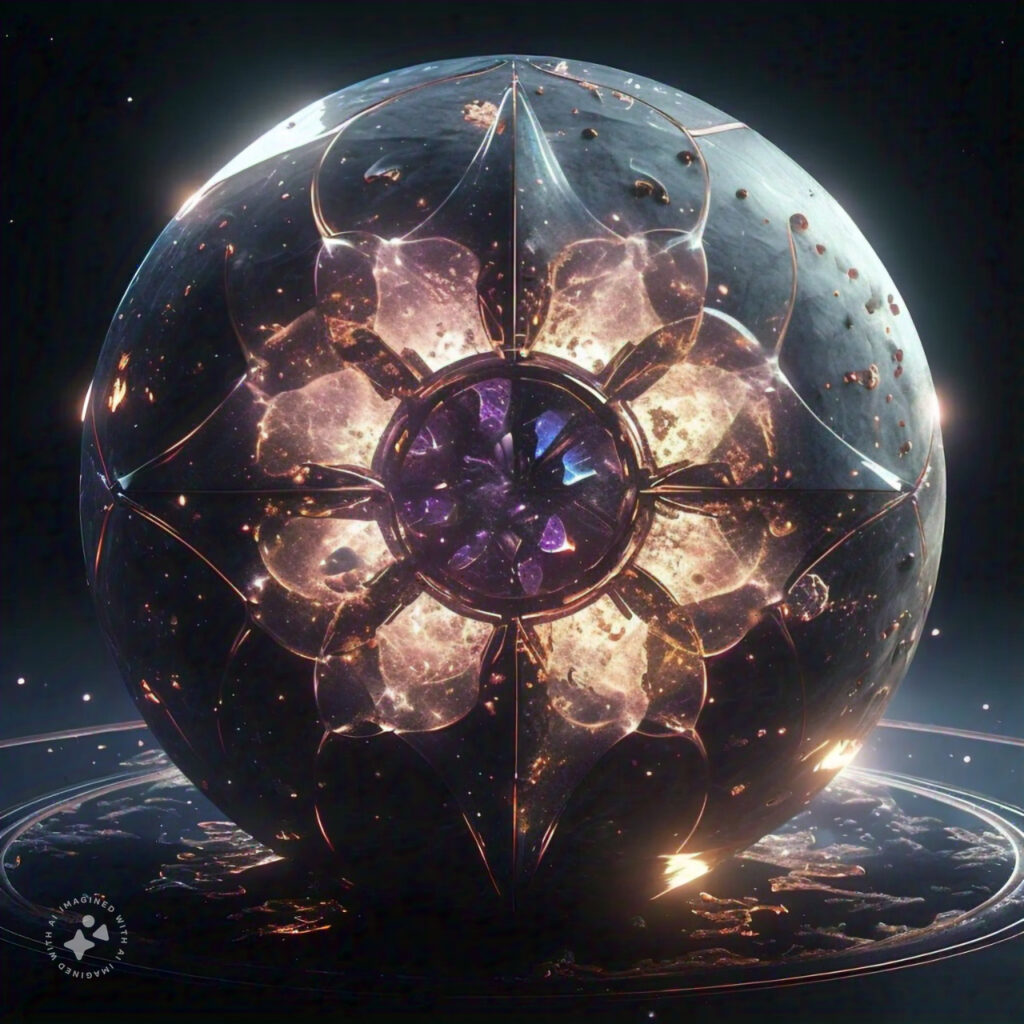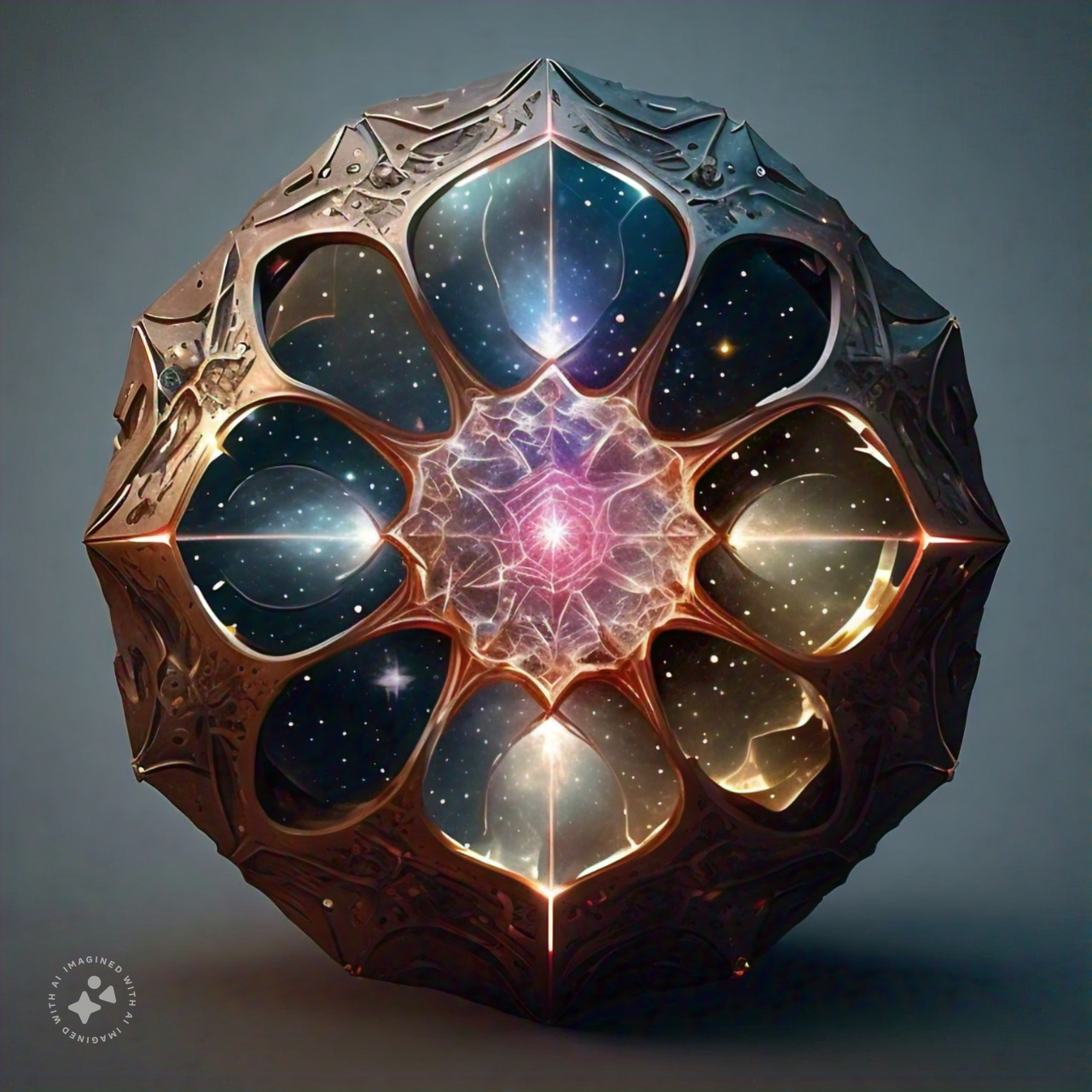Stars-923 is not an ordinary star. Its specificity has awakened the interest of astronomers and space enthusiasts, who highlight its spectacular features and behavior. And if you ever find yourself intensely staring at the night sky and wondering what mysteries it keeps hidden, then this one could be a mystery to make you both puzzled and perplexed.
This article will unlock the mystery of Stars-923, pushing into what makes it such an interesting entity in the vast cosmos. From discovery to scientific significance, this guide will give insight into everything you may want to know about Stars-923. As we venture into this celestial body that is unique, we will also highlight the scientific advancements related to this star, answering some frequently asked questions that will help everyone understand it better.
Table of Contents
What is Stars-923?
A Brief Overview of Stars-923
Stars-923 is actually quite a new star, and it indeed stands out, for it’s buried deep in a distant galaxy, though its set of properties totally differs from the others, such that scientists find it fascinating. Stars-923 behaves in ways that defy conventional theories about the lives of stars.
A star, like Stars-923, is a large ball of hydrogen and helium. It is just one among the differently sized balls, which emit light, and they are in various stages. Stars-923 is unusual because it apparently defies the life cycle everyone expects stars this size to follow.
Why is Stars-923 Important?

Stars-923 is not a common star. This is because its distinguishing features have been under research study in science quarters. Much more serious is the unpredictability of pulsation of this star, which contests our understanding of the evolution and behavior of stars.
In general, stars, other than Stars-923, always manifest with a clear life cycle; however, when it comes to Stars-923, scientists have noted abnormal changes in size and brightness unlike any previous observation. This peculiarity makes Stars-923 an important focal point for further research as scientists are trying to understand the underlying secrets behind this phenomenon.
The Discovery of Stars-923
Who Invented Stars-923?
The findings of Stars-923 were made by an international team of astronomers using advanced telescopes. Their work, backed by some of the largest space observatories, led them to zero in on the unique behavior of the star. It’s quickly picked out that Stars-923 was different from the rest, thus catching attention in the scientific community.
How Was Stars-923 Discovered?
Stars-923 was identified through the use of highly designed space telescopes that were to be used in observing the farthest edges of the universe. Such space telescopes help astronomers identify areas of changes in light energy formation, which is basic discovery when it comes to new stars and other celestial objects. The innovation in technology of space observation made it easier to identify Stars-923 in a distant galaxy. Its flickering tendency in the emission of light at once told that the body is not an ordinary one.
The Unique Properties of Stars-923

Irregular Pulsations
Stars-923 is full of one of the most astonishing pulsations-irregular ones. Regular stars show flickering of lights or dimming somewhat in a predictable manner whereas, Stars-923 shows an irregular pulsation in intensity and timing. This unpredicted nature has tempted researchers to assume unknown forces exerting on this star, guiding it.
Anomalous Brightness
Stars-923 is also notable for its brightness. There are instances in which Stars-923 becomes brighter than other stars of the same magnitude and distance. The spikes raised various theories, ranging from magnetic interference to interaction with neighboring celestial bodies.
Stars-923 and Stellar Growth
This is not to say that a star normally evolves in predictable ways, but Stars-923 contravenes all these. For stars, this rule of thumb is one of the descriptions: that they start burning hydrogen and subsequently end their lifetimes burning sequentially other elements. However, Stars-923 demonstrates behaviors that hinted at an alternate course for evolution, and hence is a candidate in which the pulse curve together with brightness spikes have been released in thousands of scientific papers. Scientists are eager to know how Stars-923 relates to the theories advanced by current theory in stellar evolution.
Exploring the Life Cycle of Stars-923
Early Stages of Stars -923
Early Life of Stars-923 Most probably starred life like other stars. Born out of a gas-dust cloud, Stars-923 ignited hydrogen into fusion within their cores. However, as time passed by, the cycles of life for the star began to get different for it. Some kind of strange pulsations and odd behavior appeared along the star’s life cycle.
Stars-923: The Present State
The life stage that Stars-923 is in today continues to puzzle astronomers. The irregular pulsations indicate that it is burning fuel in an irregular manner. Apropos the fluctuations, whether such fluctuations point toward an imminent supernova or a protracted life cycle, that remains an issue for debate among the research fraternity.
The Future of Stars-923
Potential for Supernova
One of the most exciting possibilities for Stars-923 is its potential to explode into a supernova. A supernova is a stellar explosion that occurs when a star runs out of fuel. Given Stars-923’s unusual behavior, some scientists theorize that it could be on the verge of such an event.
Continued Observation and Research
As we continue to monitor Stars-923, its future remains uncertain. With advanced space exploration technology, astronomers are now able to keep a close watch on the star’s activity. Every new observation brings us one step closer to understanding the mysteries of this unique celestial entity.
Comparing Stars-923 to Other Celestial Entities
How Does Stars-923 Compare to Other Stars?
Stars-923 is exceptional when compared to stars of a similar size and age. Most stars exhibit regular, predictable behavior, whereas Stars-923 seems to break all the rules. These differences make Stars-923 stand out in the crowded sky, offering scientists a rare glimpse into the mysteries of star formation and evolution.
| Feature | Stars-923 | Regular Star |
| Pulsation | Irregular and unpredictable | Regular and predictable |
| Brightness | Anomalously bright | Consistent brightness |
| Life Cycle | Unpredictable | Follows known stages |
| Potential for Supernova | High | Varies based on star type |
What Can We Learn from Stars-923?
Stars-923 presents an opportunity to broaden our understanding of the universe. By studying its erratic behavior, astronomers hope to gain insights into stellar dynamics, which could change how we think about the life cycles of stars. Stars-923 may also shed light on the conditions that lead to supernovas, helping us predict similar events in the future.
Conclusion
Stars-923 is one of those celestial bodies that reveals an entire universe; a glimpse into some unseen unknown dimensions of the universe. Since we are continuing to research this particular star, its pulsations, brightness, and general behavior, it becomes increasingly apparent that Stars-923 possesses a secret that can redefine the notion of stellar evolution. This star reminds us that mysteries lie hidden within the universe. Only through continued research and observation will we be able to fully understand the mystery that is Stars-923.
Frequently Asked Questions (FAQs)
What is Stars-923?
Stars-923 is a unique celestial entity known for its irregular pulsations and anomalous brightness. Its unpredictable behavior challenges traditional models of stellar evolution.
How Was Stars-923 Discovered?
Stars-923 was discovered by astronomers using advanced space telescopes designed to detect light and energy from distant galaxies. Its irregular pulsations set it apart from other stars, leading to its identification.
Why is Stars-923 Important?
Stars-923 is important because it exhibits behaviors that challenge current understandings of star life cycles. Its unpredictable pulsations and brightness provide valuable data for researchers studying stellar dynamics.
Could Stars-923 Become a Supernova?
Yes, there is a possibility that Stars-923 could explode into a supernova. Its erratic behavior suggests it could be nearing the end of its life cycle, though more observation is needed to confirm this.
H How Does Stars-923 Compare to Other Stars?
Stars-923 differs from regular stars due to its unpredictable pulsations and abnormal brightness. While most stars follow a predictable life cycle, Stars-923 has baffled scientists with its irregular behavior.

